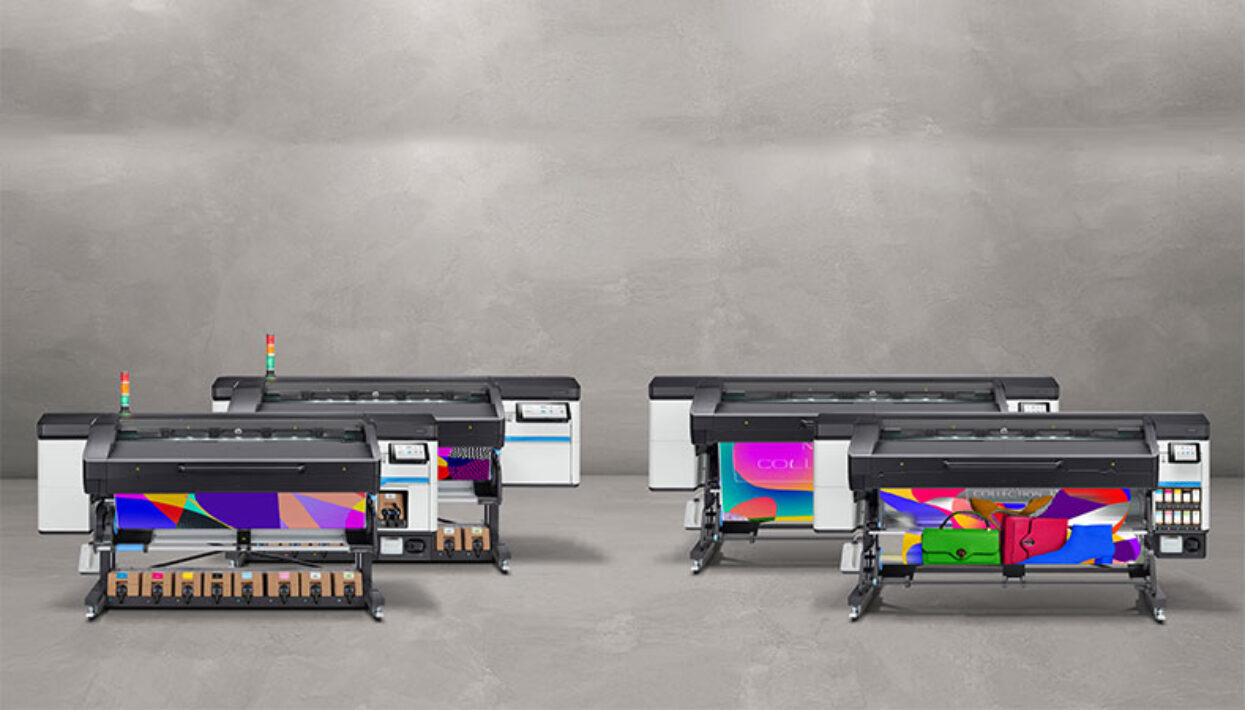Wide Format Printing
How to leverage wide format energy use for business efficiency
Author
FESPA Staff
Published Date
23/03/2022
Become a FESPA Member
to Continue Reading
